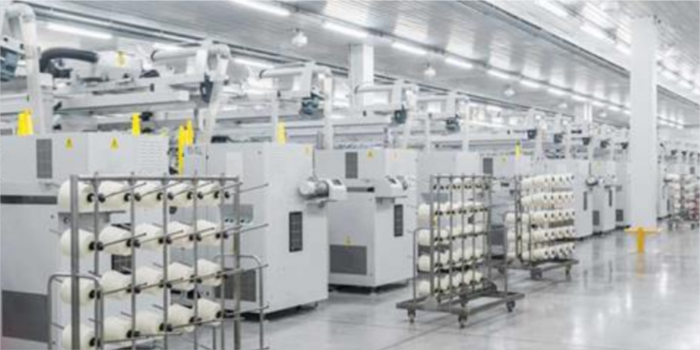
Why automation matters for Indian textile industry?
Benefits of automation are clear and visible. However, capital intensive nature of the textile industry and lack of availability of funds are hampering adoption of automation in India. But Indian textile industry has no choice but to invest in modern technologies to stay relevant in the global textile value chain, says Rakesh Rao.
Despite being the largest producer and second
largest exporter of textiles, India’s share in world textiles and clothing (T&C)
exports is around 5% compared to China’s 38%. While other competing nations
like Bangladesh and Vietnam have increased their share in global T&C in a
short span, India’s share in the global trade has remained stagnant during this
period. The biggest challenge is the global competitiveness. In addition to
access to low-cost raw materials (manmade fibres and filaments) and duty-free
access to all the major markets, the emerging competing countries (like
Bangladesh and Vietnam) have invested heavily in modern, state-of-the-art
manufacturing plants to increase their competitiveness.
Table
1: World Export Statistics of Textiles and Clothing (Mn USD)
|
Country |
January – December |
|||||||
|
Rank |
2016 |
Rank |
2017 |
Rank |
2018 |
Rank |
2019 |
|
|
World |
|
7,50,800 |
7,86,304 |
8,31,158 |
|
8,18,098 |
||
|
China |
1 |
2,55,074 |
1 |
2,57,821 |
1 |
2,66,421 |
1 |
2,60,574 |
|
Bangladesh |
3 |
34,980 |
3 |
37,067 |
2 |
41,296 |
2 |
42,932 |
|
Vietnam |
6 |
28,703 |
6 |
31,810 |
6 |
36,661 |
3 |
39,424 |
|
Germany |
CATEGORIES Automation TAGS Ashwin ChandraATUFSautomationclothingDollar Industries LimitedIndian textile industryLMWMEISMSPRakesh RaoS A Aanandan Spinning Mills Pvt LtdSIMATextilesUSTER | |||||||




